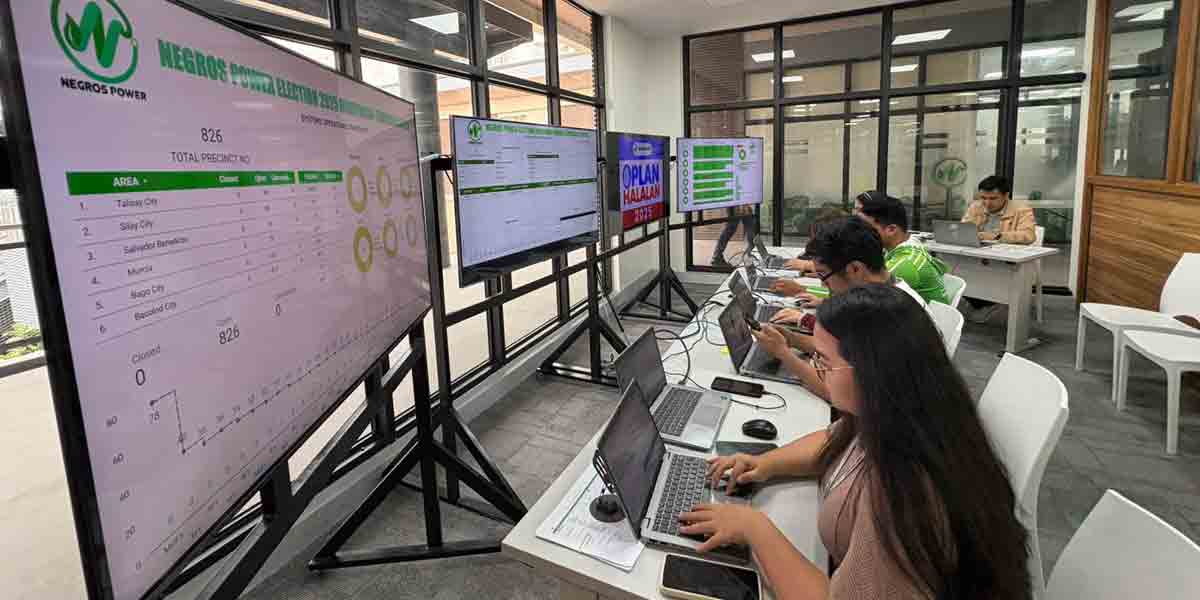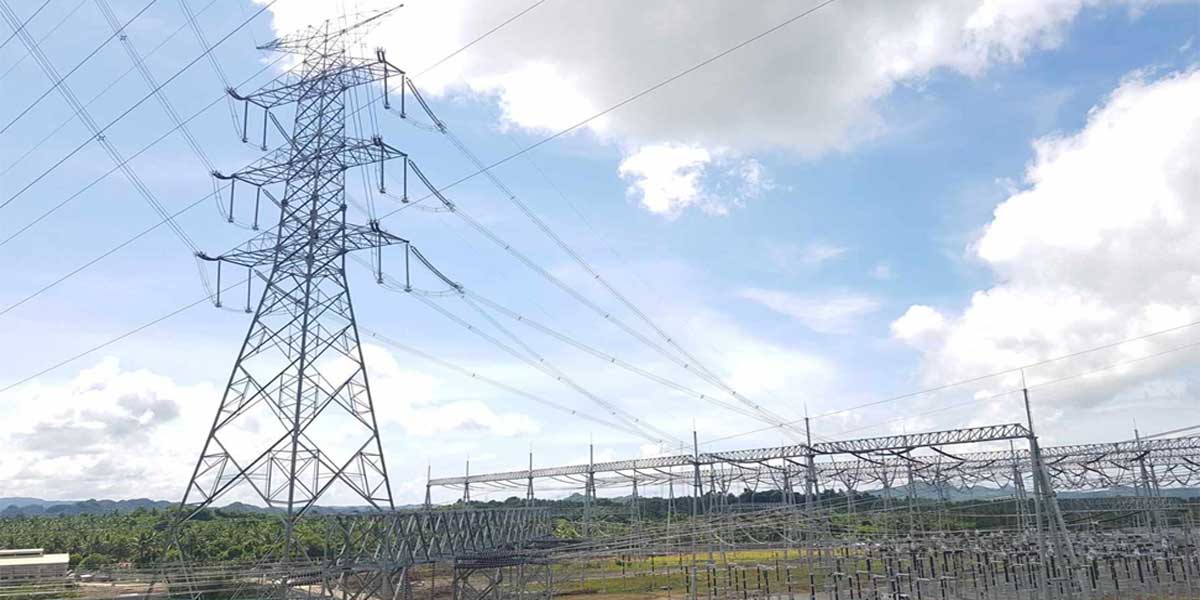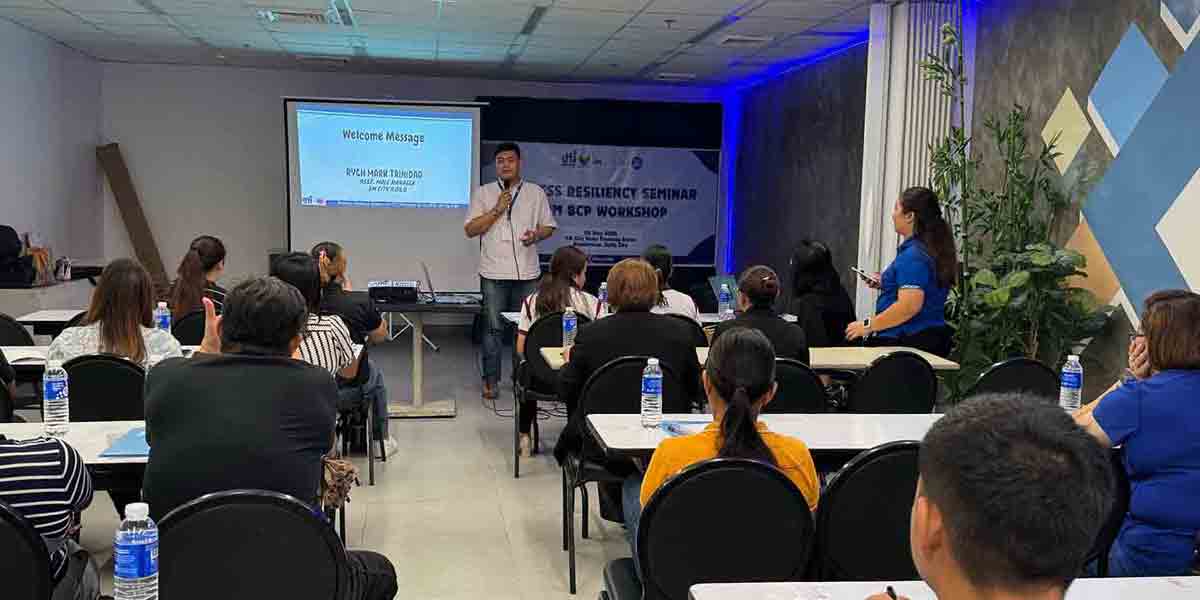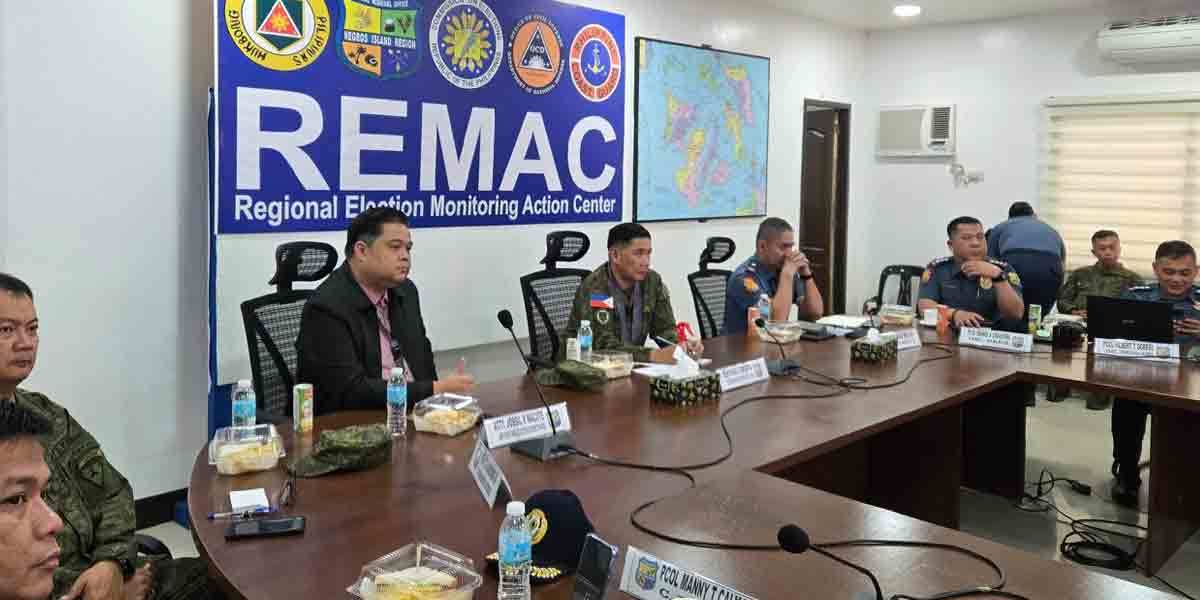By Engr. Ray Cádiz Macalalag
I am currently writing from the picturesque city of Marrakech, Morocco, due to my flight being unexpectedly cancelled. This unforeseen circumstance has provided me with an opportunity to reflect on the purpose of my visit and to contemplate my subsequent steps upon my return.
I served as an ambassador at the 3rd World Youth Assembly for Road Safety and the 4th Global Ministerial Conference on Road Safety in Morocco. I represented youth impacted by dangerous roads, connected young advocates with policymakers, and encouraged safer, inclusive mobility in civil engineering.
Young people had a crucial space in these discussions among high-profile decision-makers because road crashes remain the leading cause of death for people aged five to 29. With every life lost, aspirations and dreams vanish as well. As an ambassador, I was honored to be a lead author of the Global Youth Statement, which amplifies key messages that I hope will resonate with those in power:
Safe mobility for everyone, everywhere. Youth demand accessible, affordable, and inclusive transport systems that prioritize marginalized groups, women, children, and persons with disabilities. Road safety must be a shared responsibility among governments, businesses, and communities, ensuring a holistic safe system approach. Moreover, road safety education must be integrated into both formal and informal learning settings, while youth-led initiatives receive the support they need to drive meaningful change.
Streets designed for safety. Our streets must prioritize people over cars, incorporating pedestrian-first policies such as slow-speed zones, safe crossings, and designs that foster community and connection. Safety for two-wheel vehicle users must be strengthened through stricter enforcement of helmet laws, dedicated infrastructure, and mechanisms that promote safe and equitable mobility.
Transport that heals, not harms. Safe mobility systems must be part of the solution to the climate crisis, centering on walking, cycling, and public transportation. Infrastructure must be built to withstand climate impacts while reducing emissions. Cities must act urgently to revitalize urban spaces with green corridors, bike-friendly environments, and pedestrian-safe pathways. Electric cars are not the answer.
The future of road safety is not a distant aspiration, but an urgent reality that requires immediate attention. Young individuals are not merely stakeholders; we are leaders, engineers, policymakers, and activists committed to reclaiming our streets and ensuring a safer, more sustainable world. The message is unequivocal: delay is not an option. Each decision made today will influence the roads of tomorrow—will they be roads of opportunity or roads of tragedy? The responsibility lies with us.
Finally, it is essential for new civil engineers to consider contributing to this critical field. During the plenary session of the youth assembly, I encouraged young civil engineers to specialize in transportation, particularly in road safety, public transport, and sustainable mobility. I emphasized that beyond the pride associated with constructing the tallest tower or the longest bridge, the most noble endeavor is to design and build roads that save lives.





















